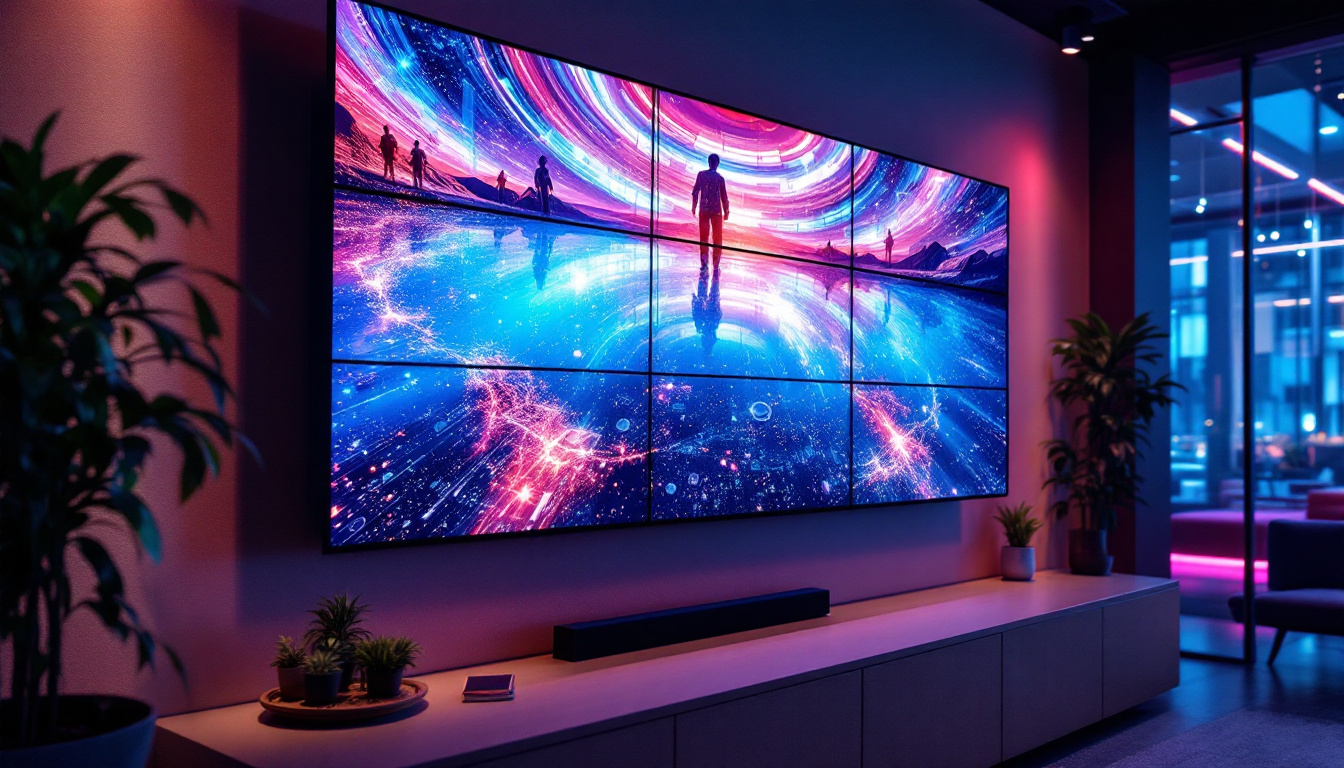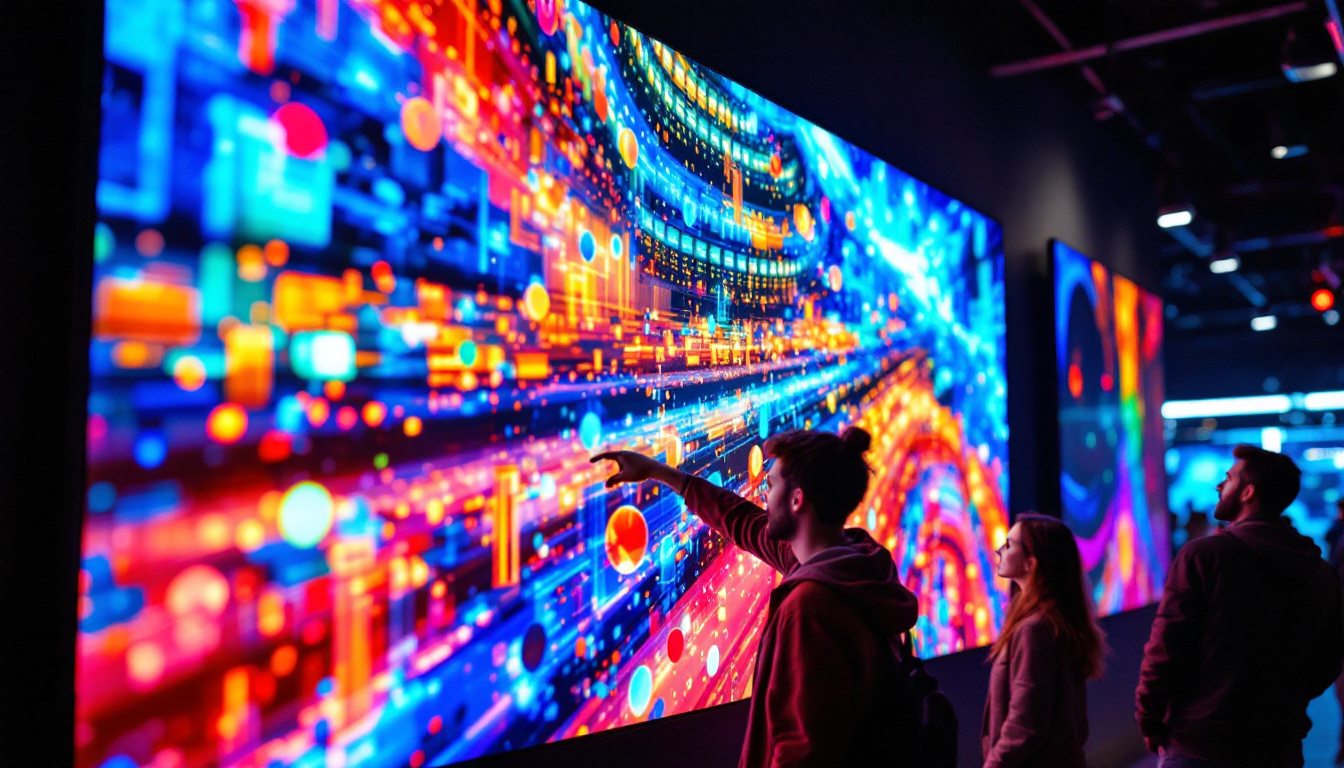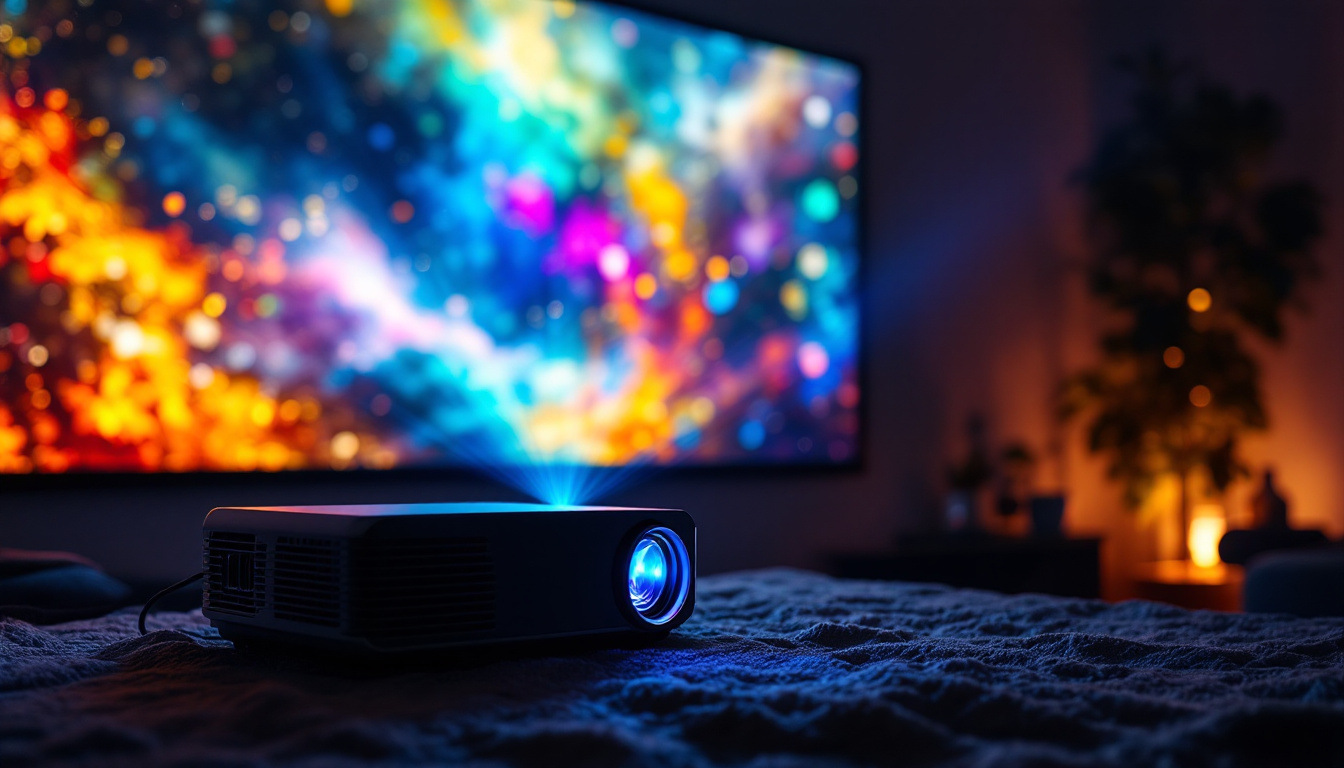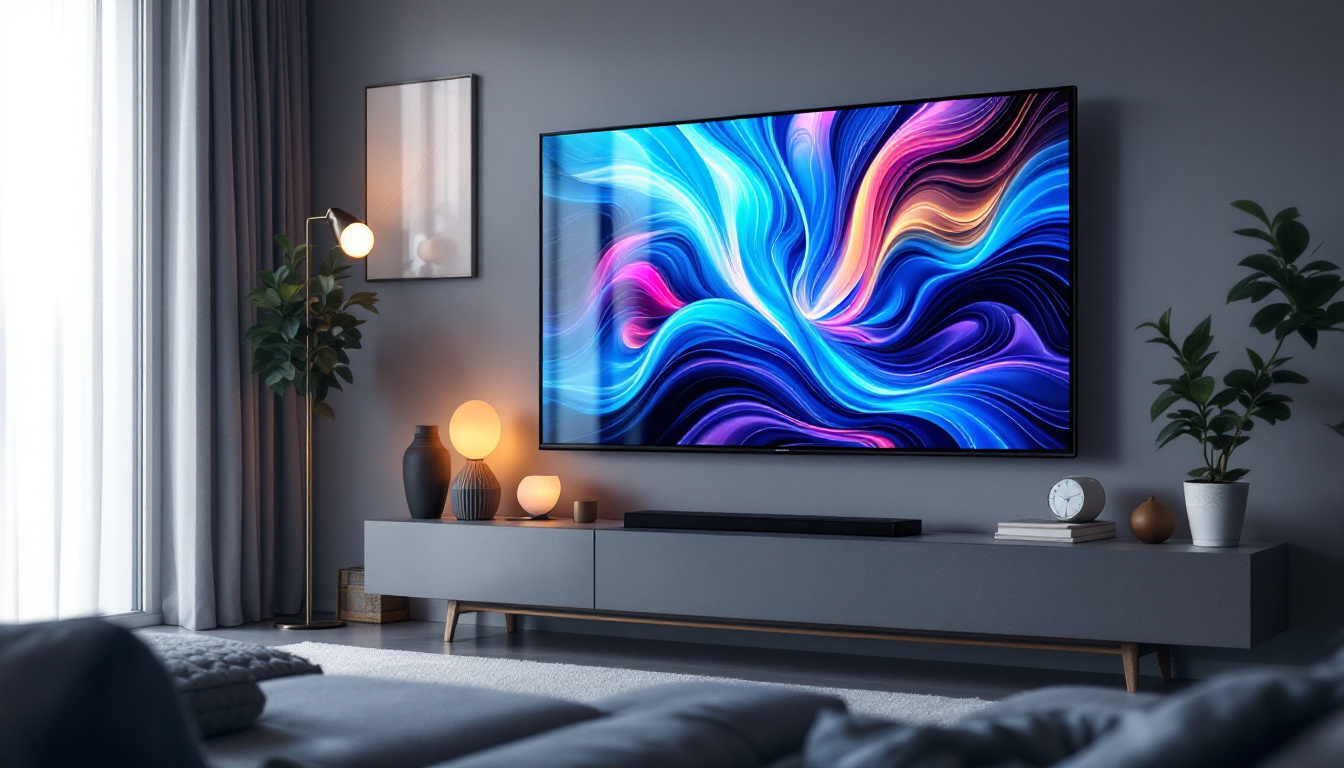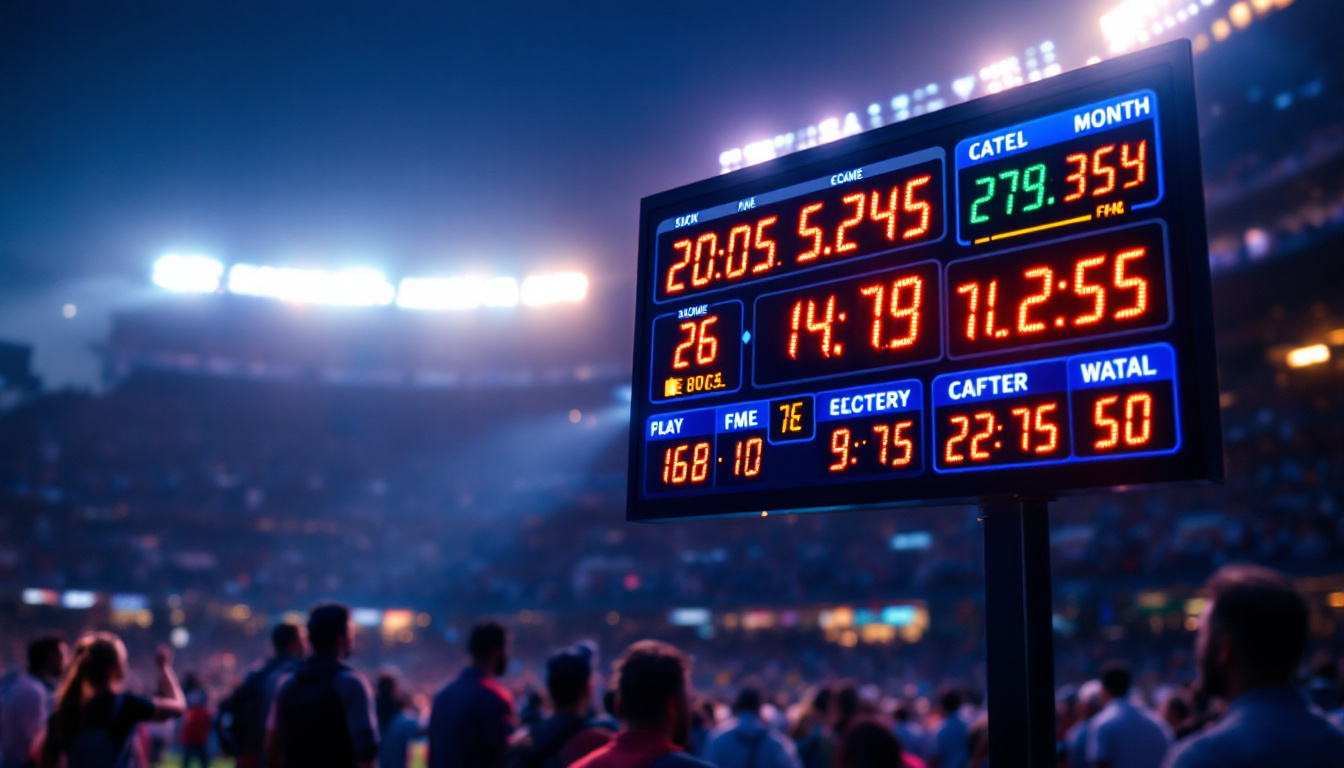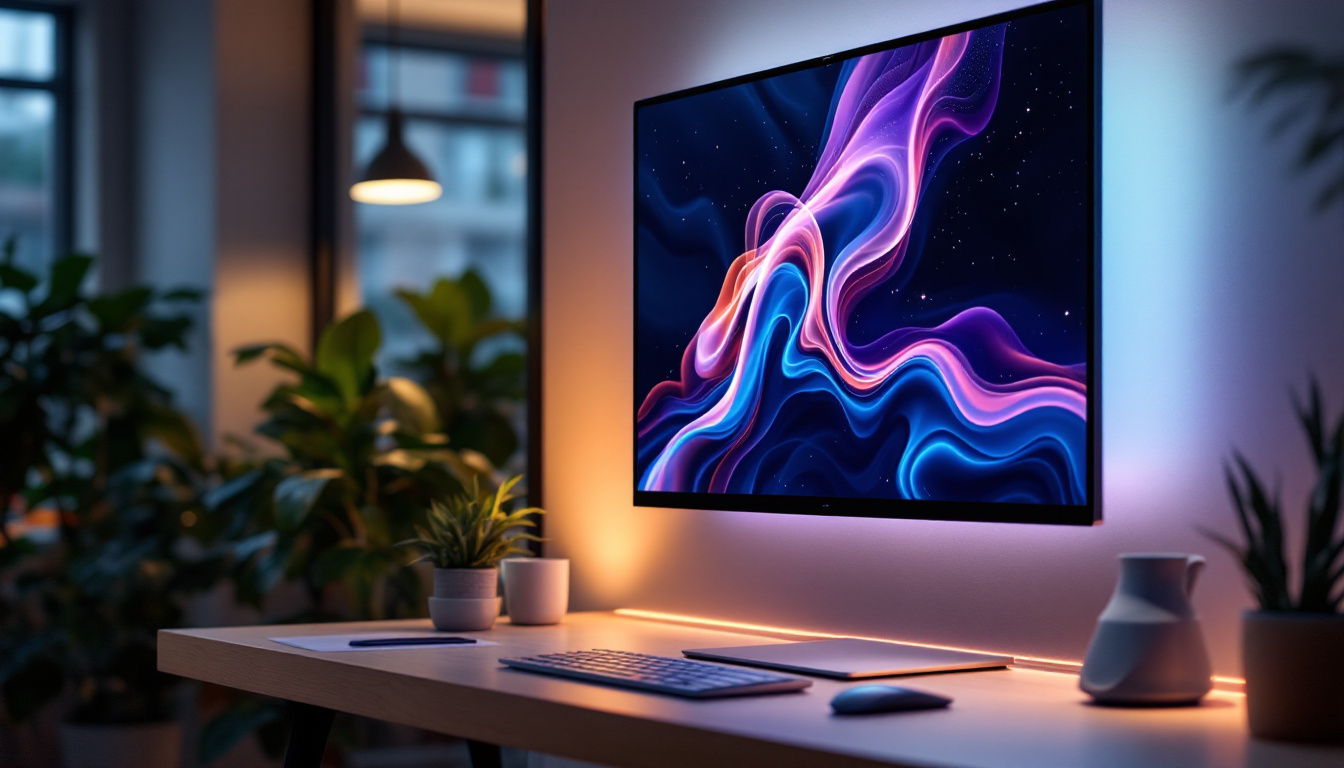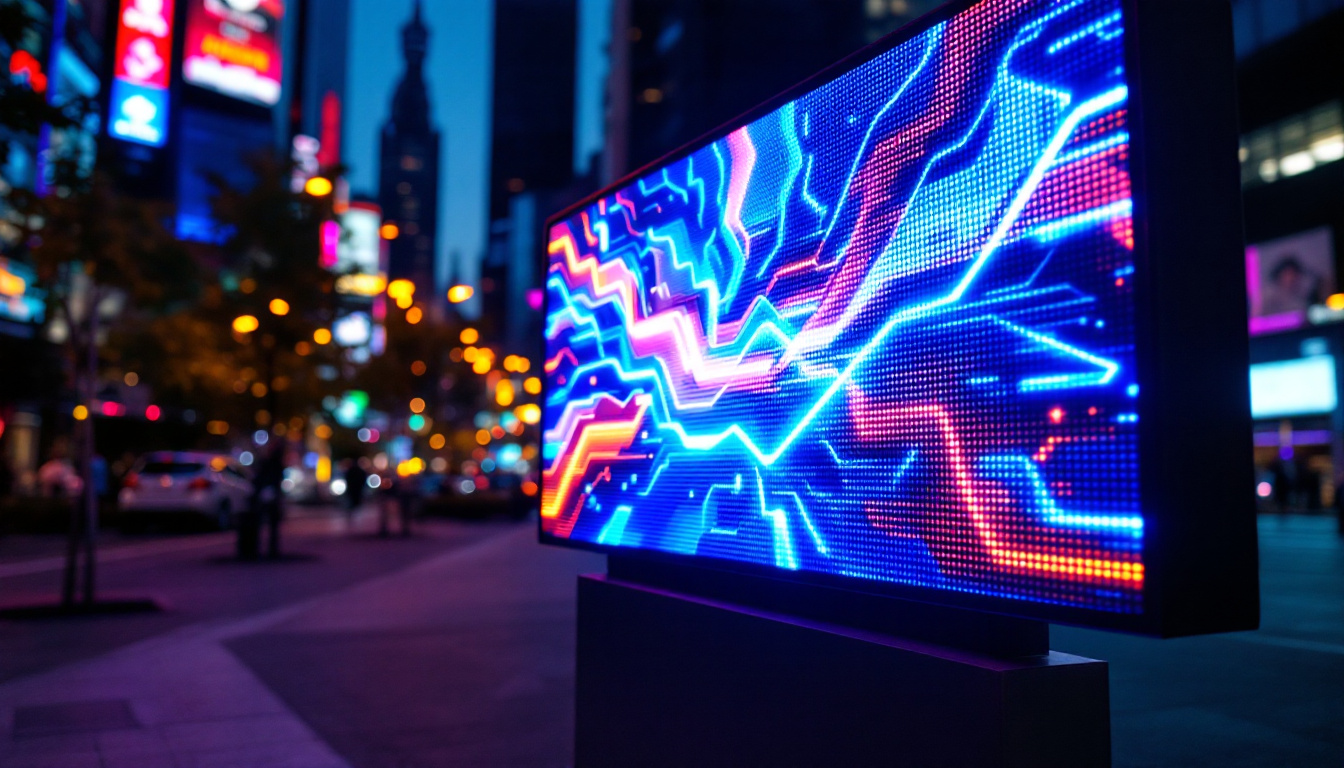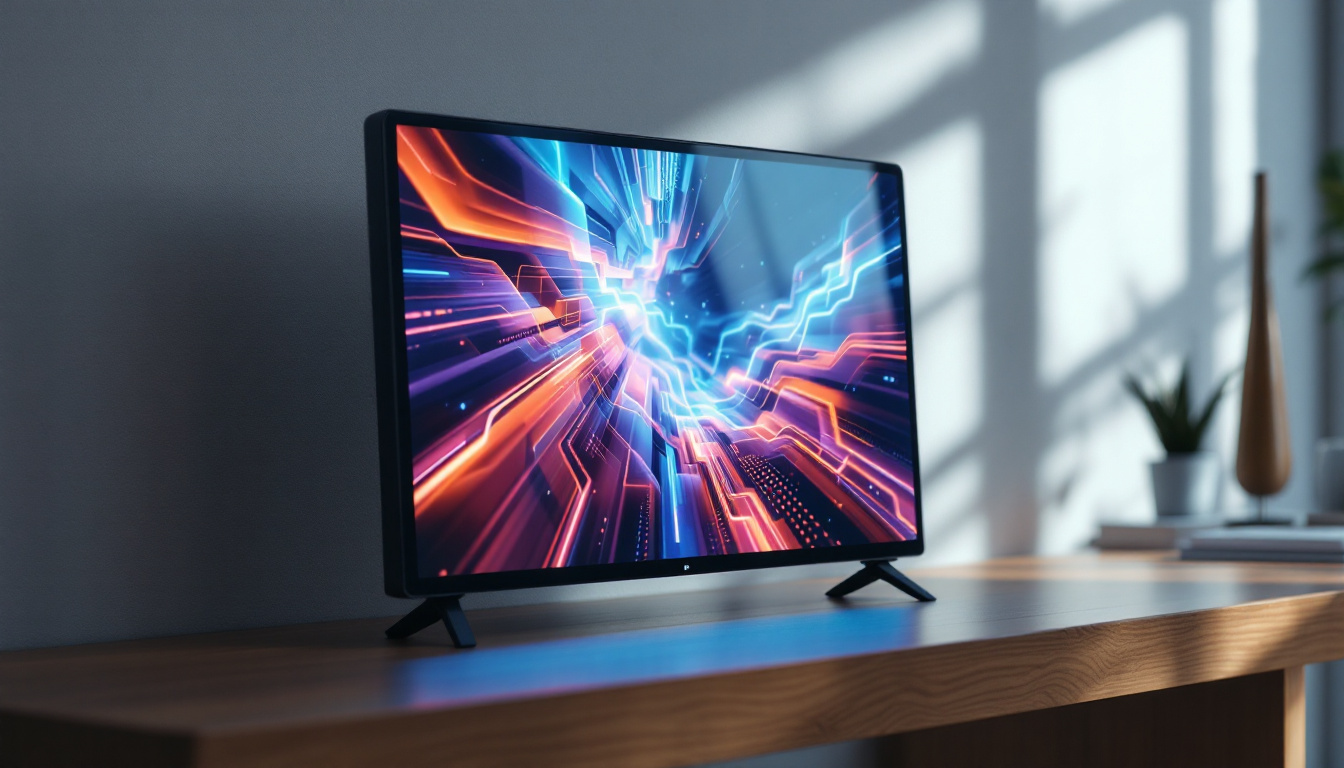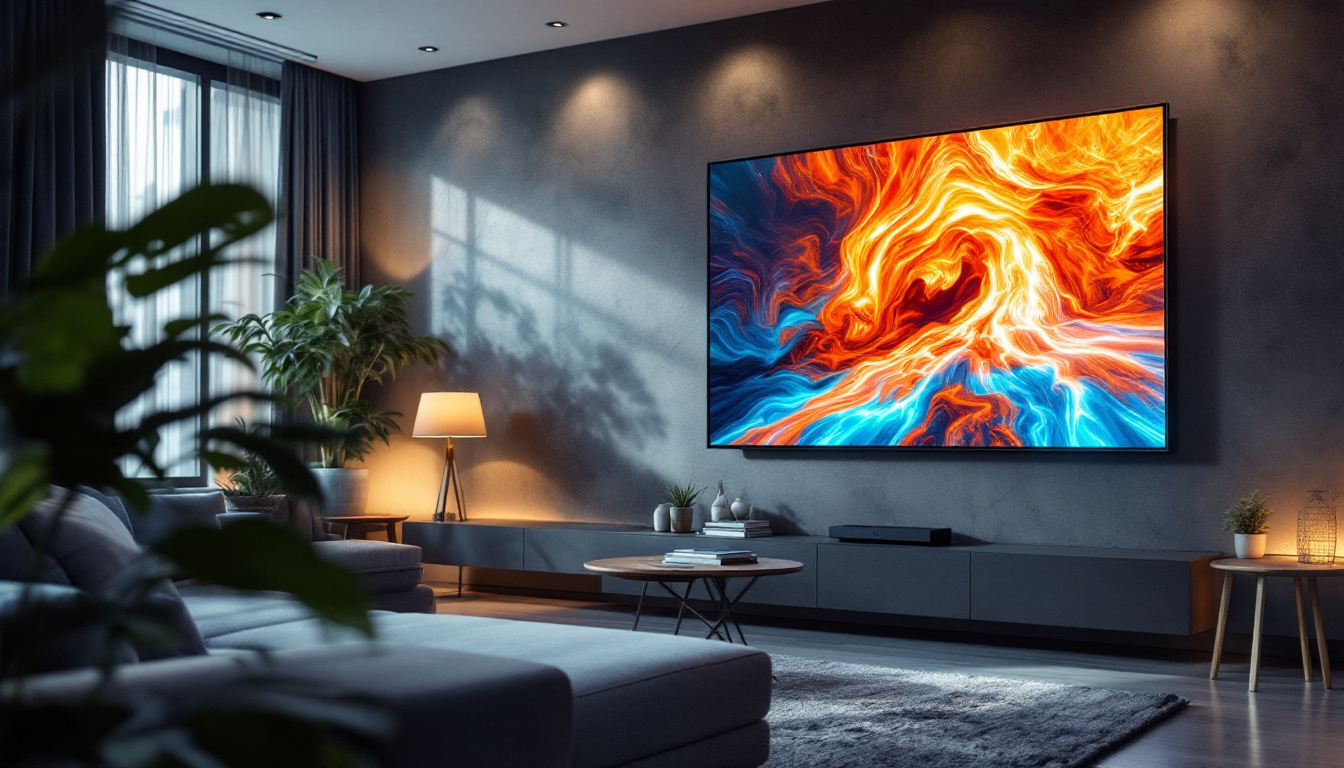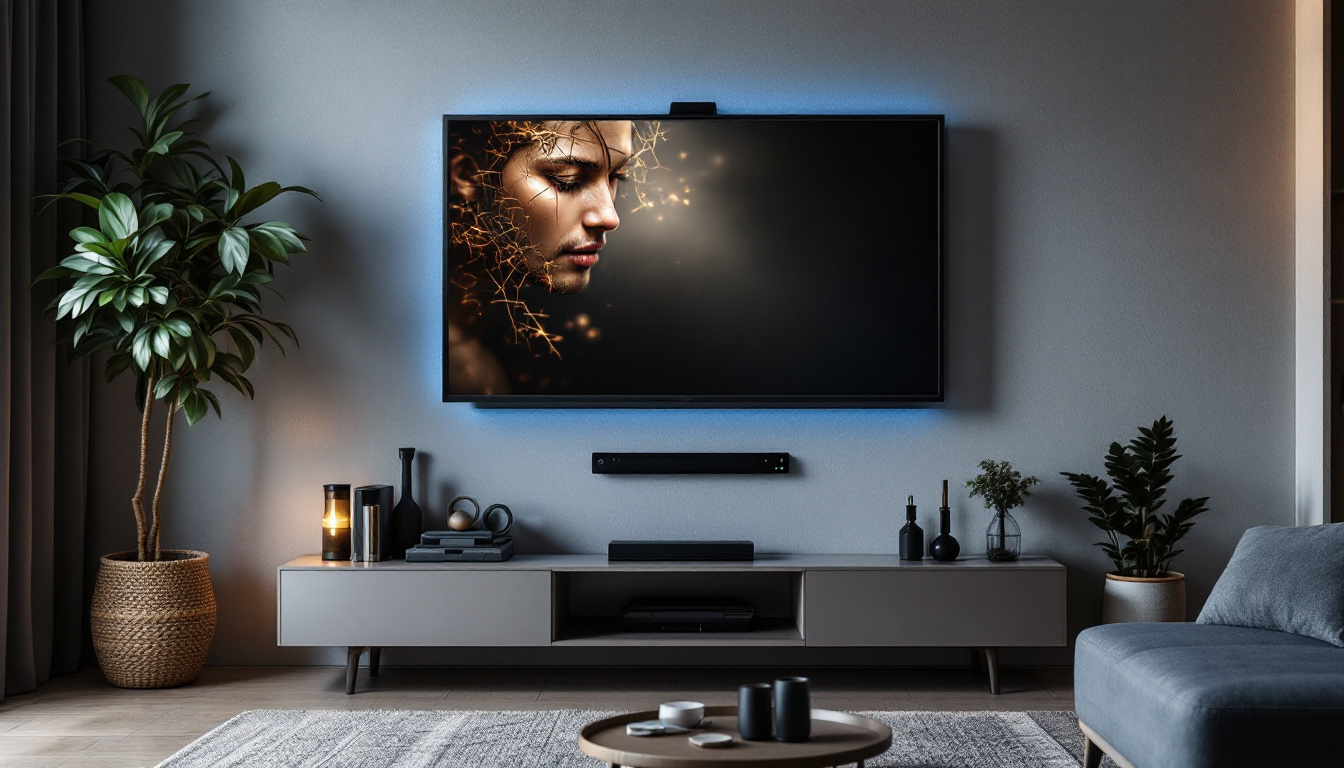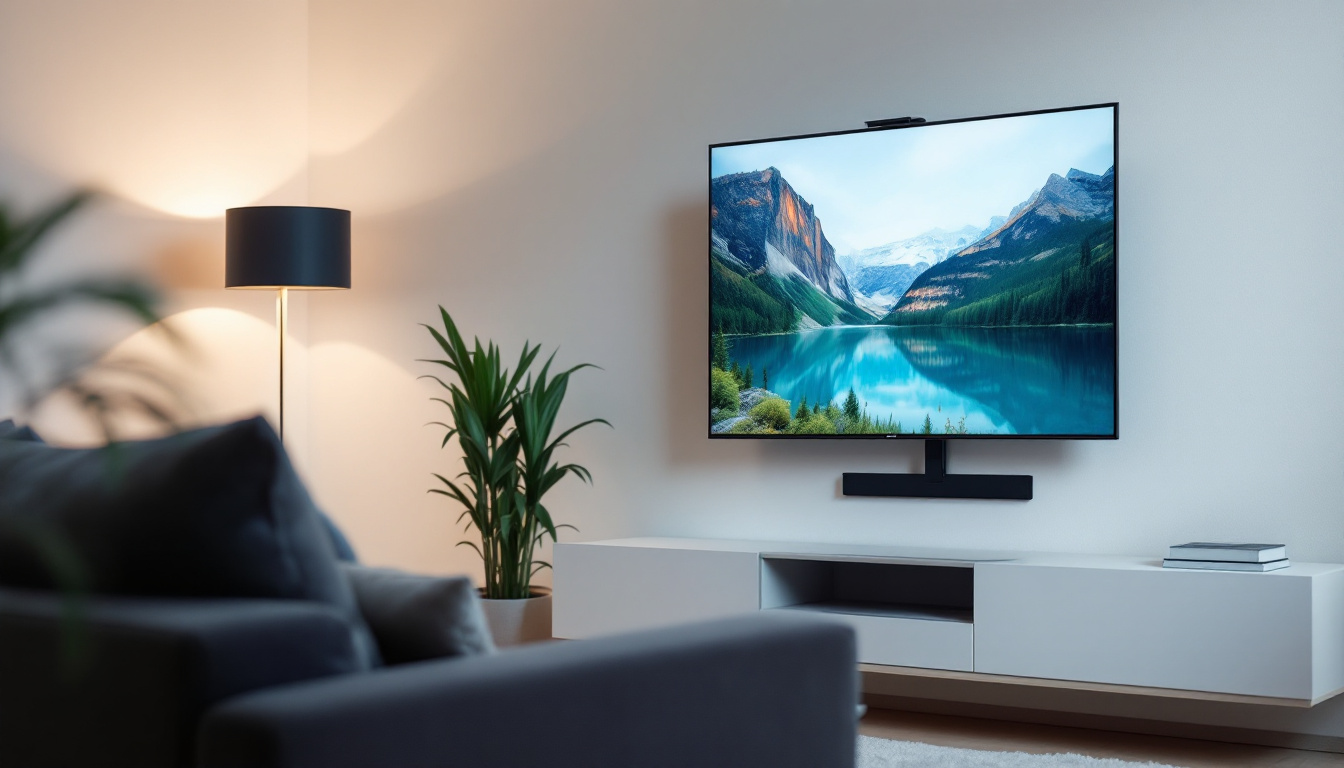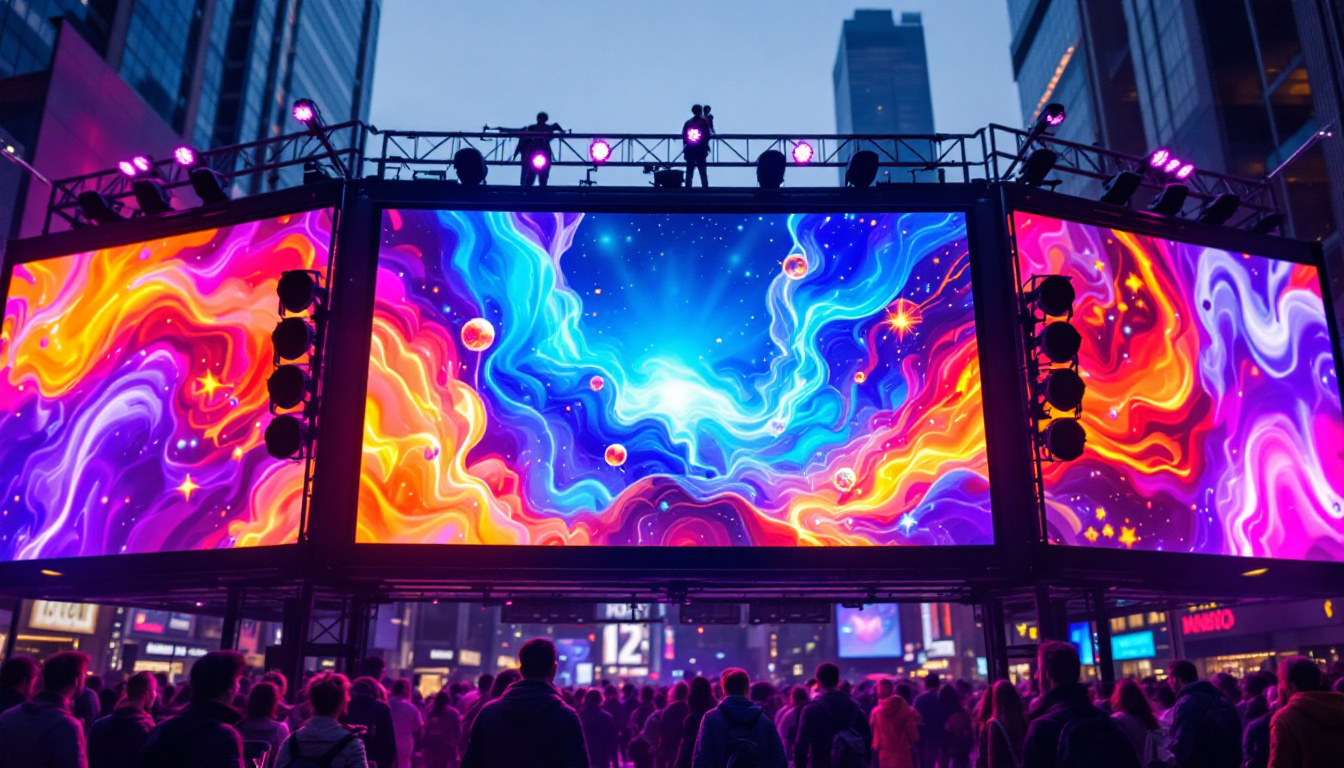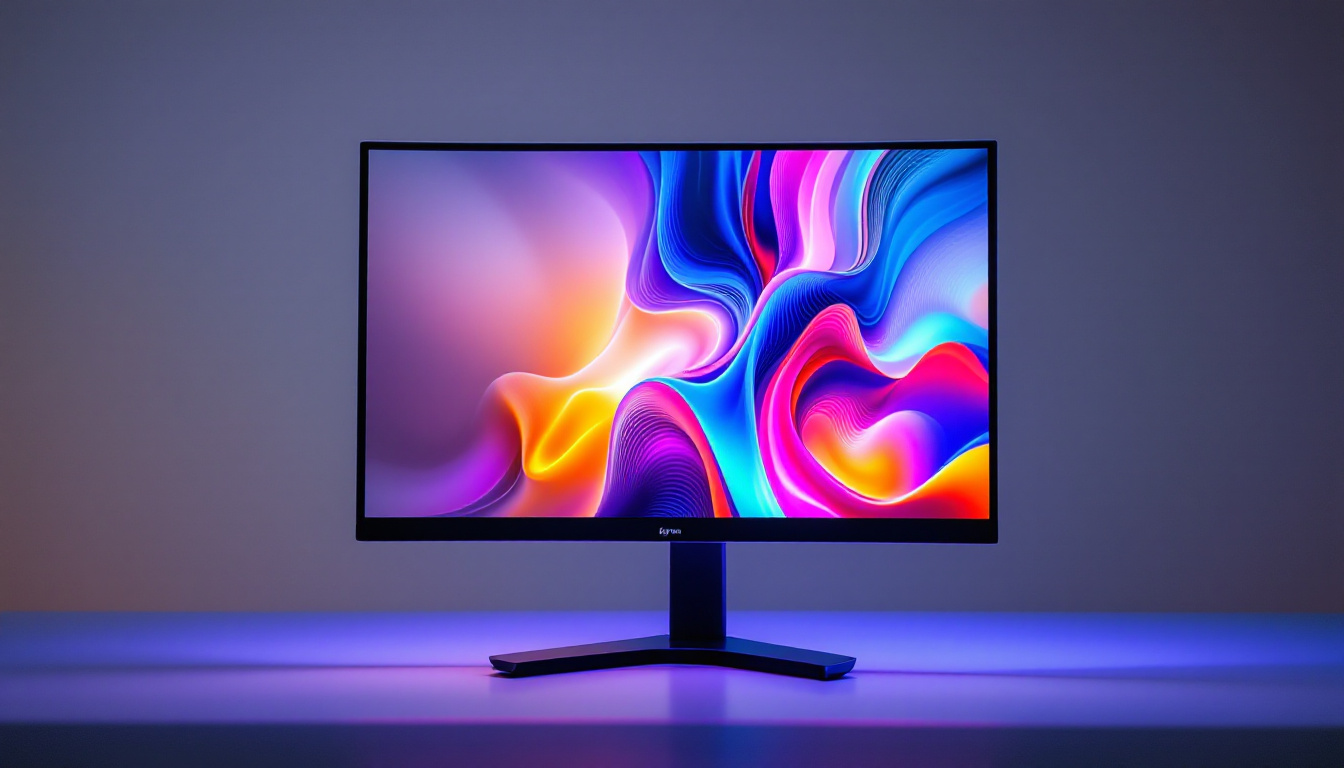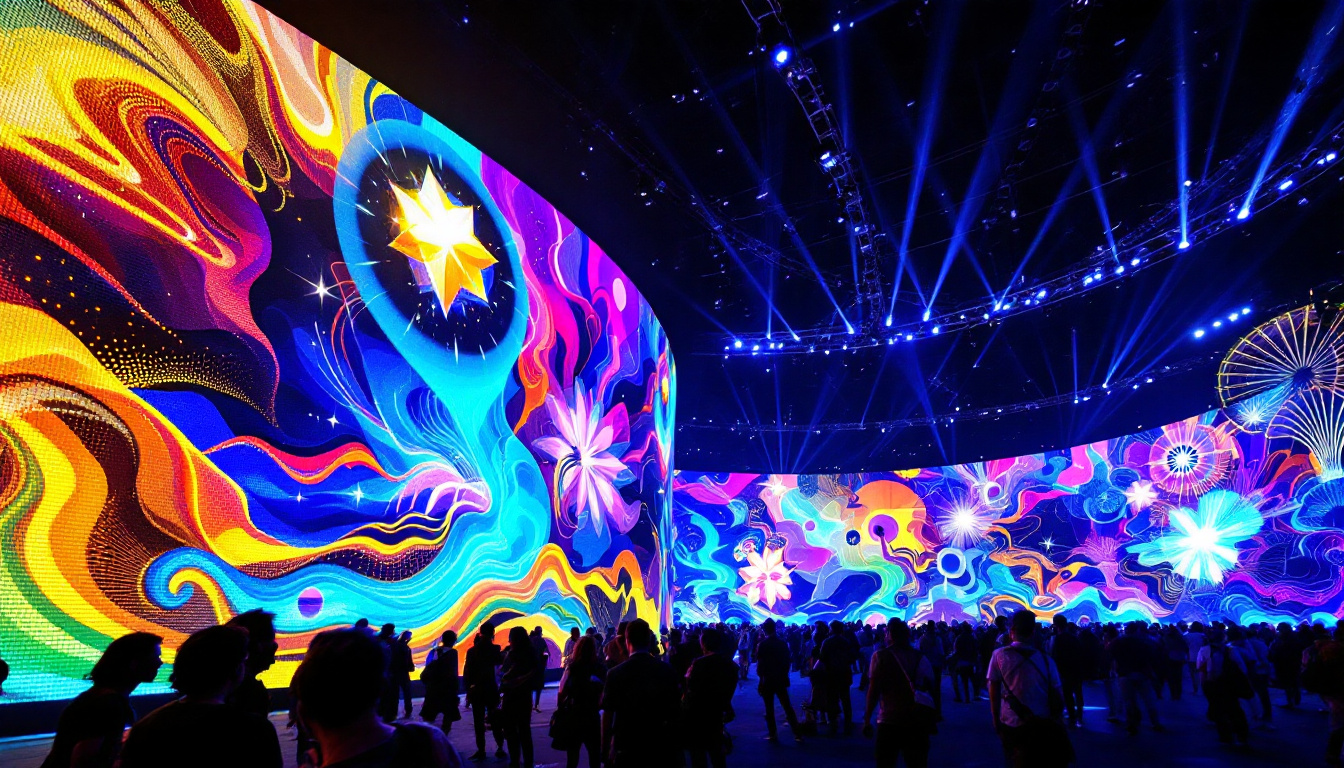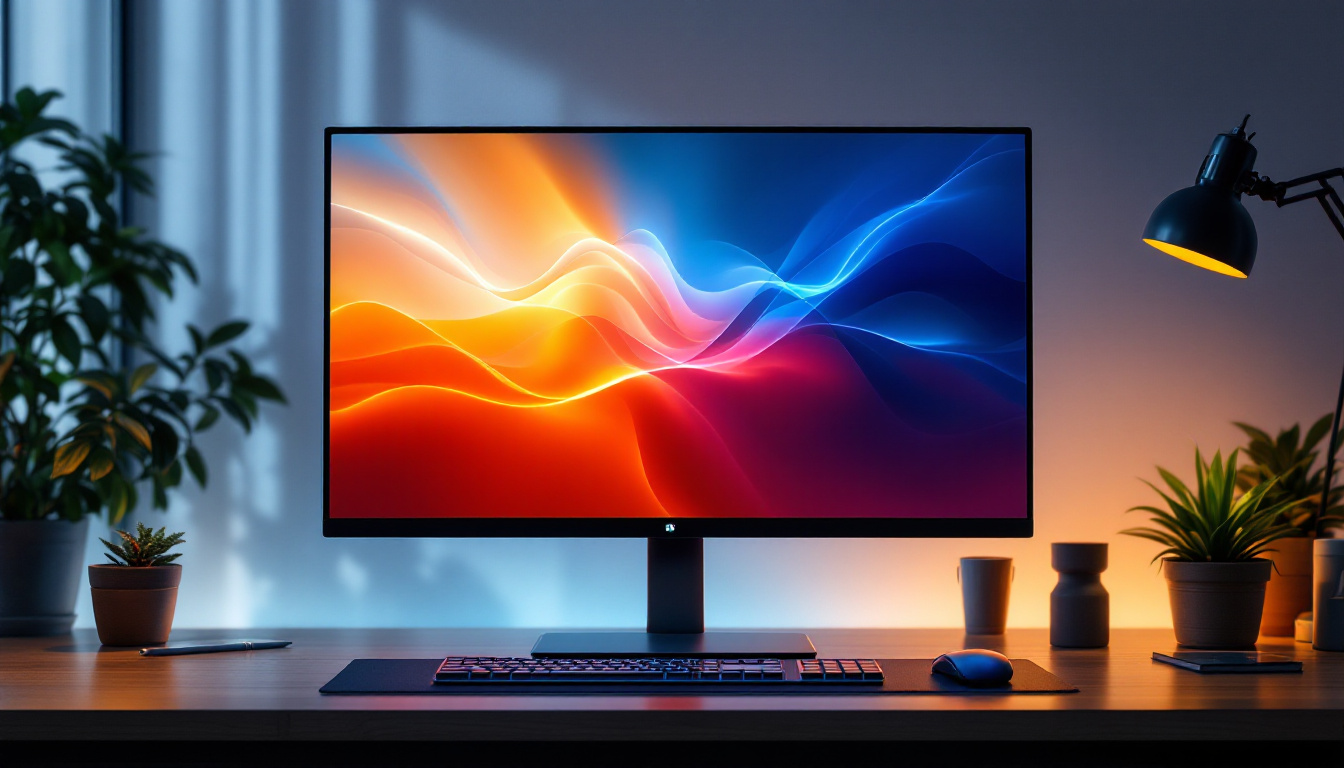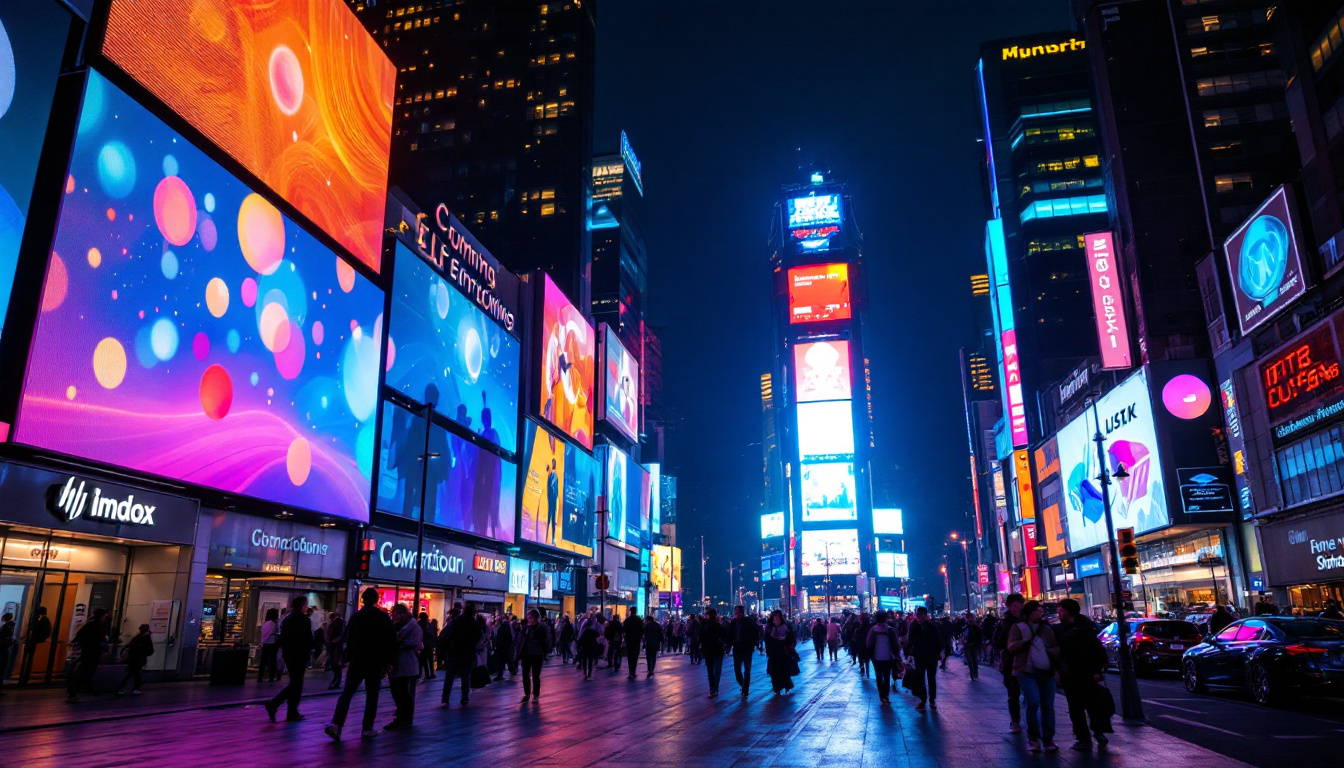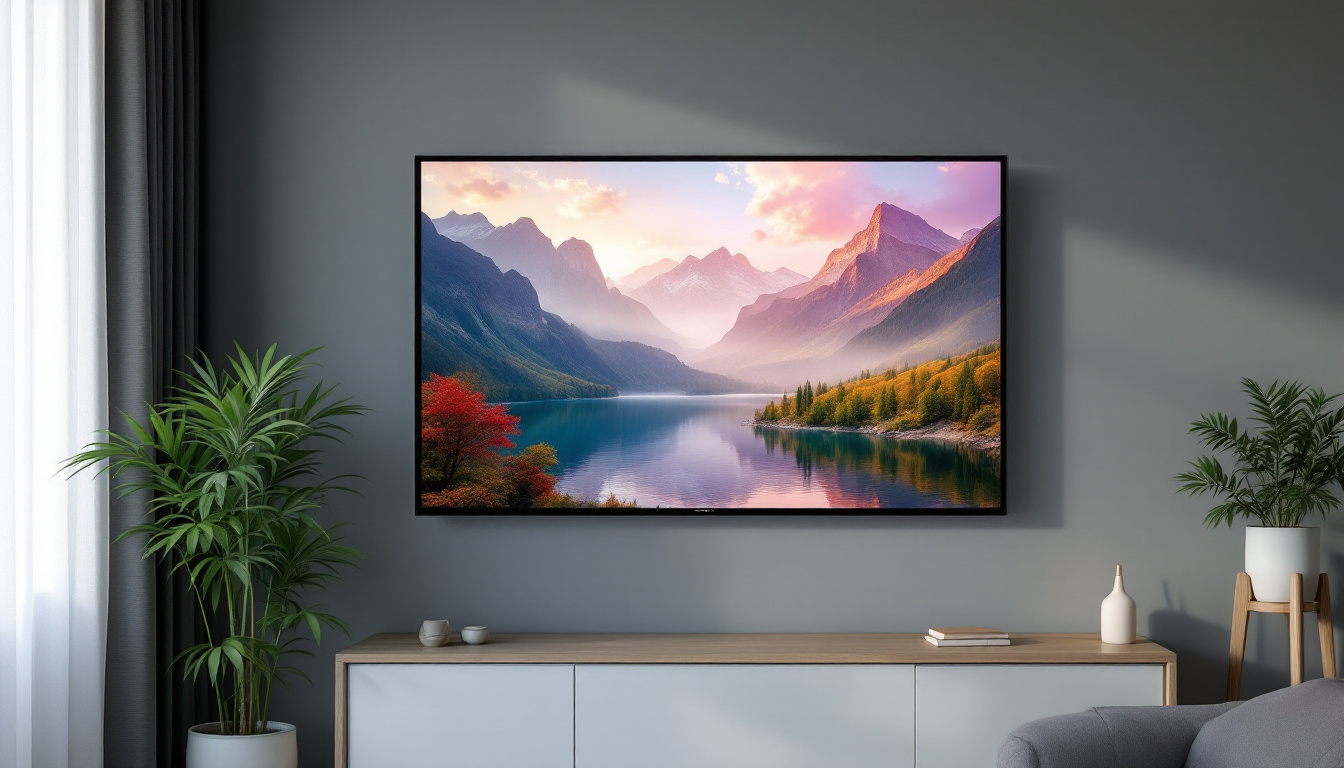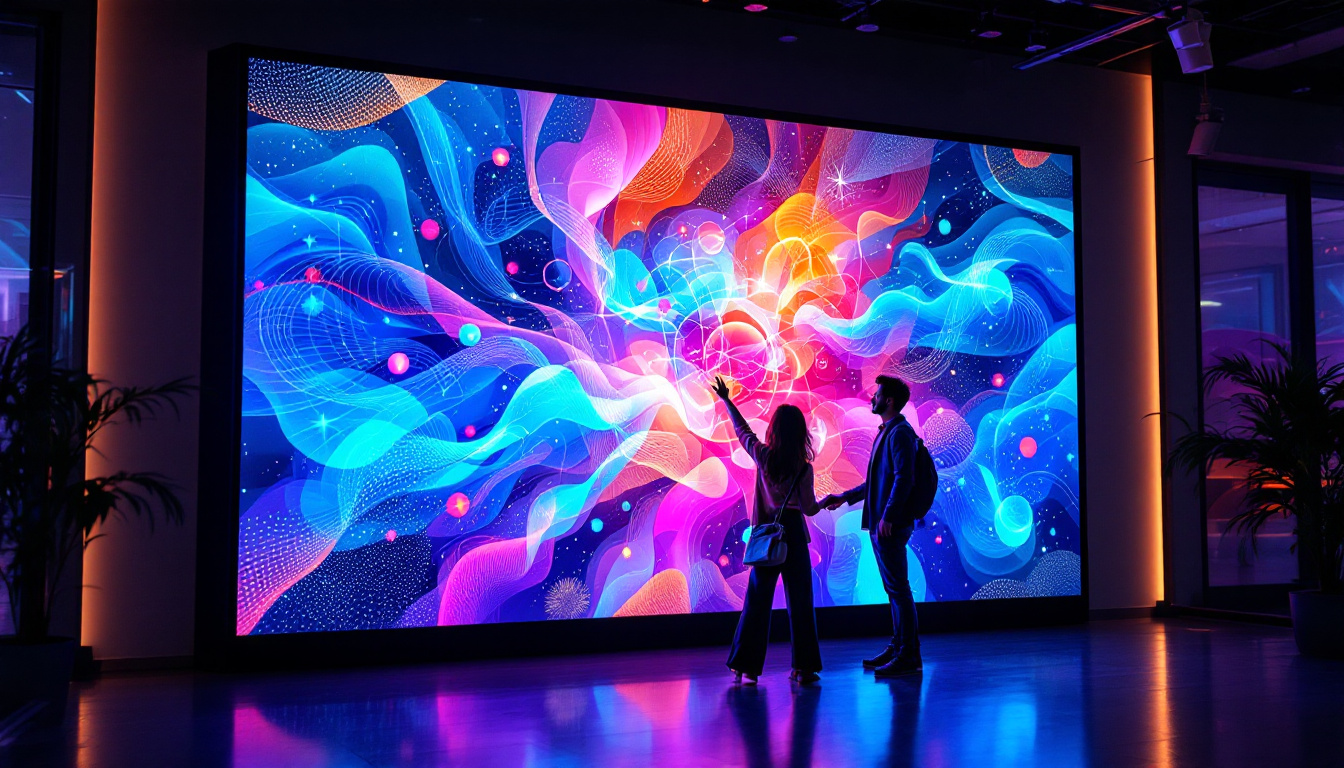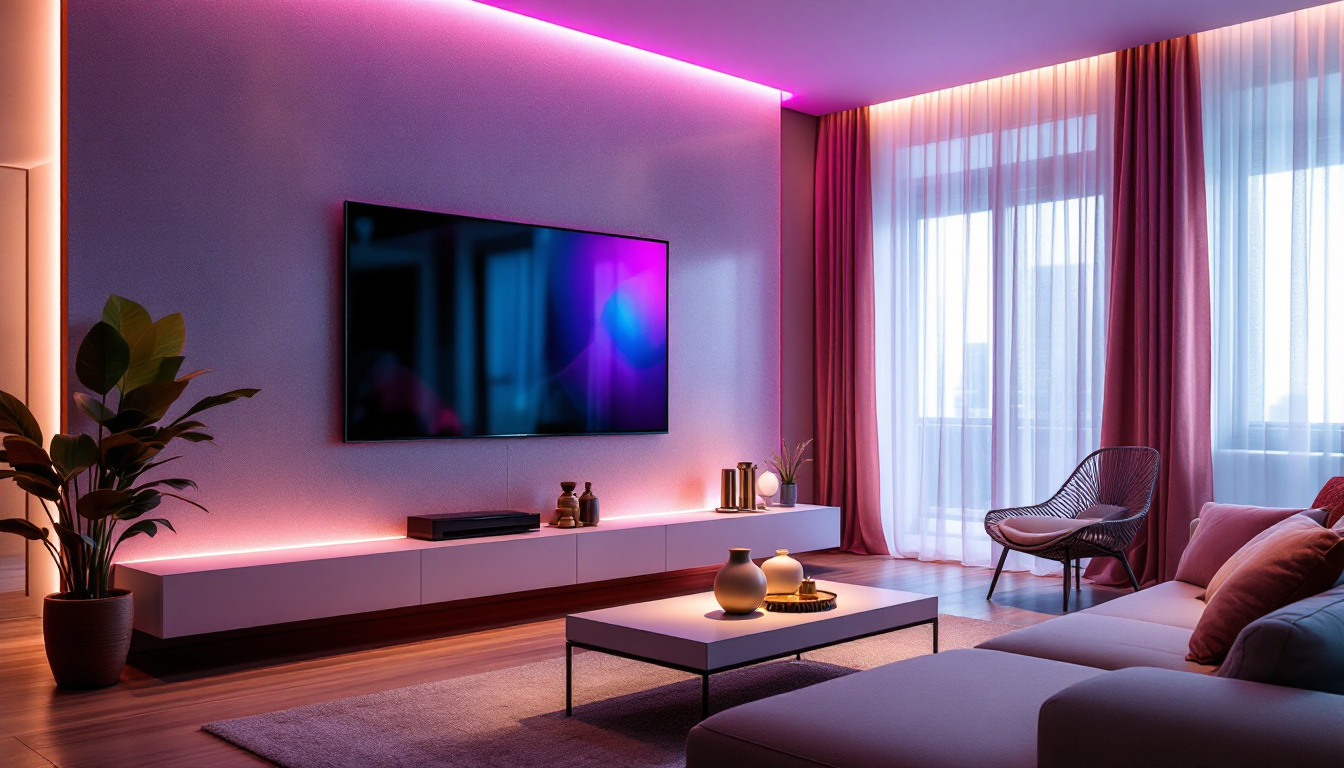In today’s digital landscape, video walls have become an integral part of various environments, ranging from corporate offices to entertainment venues. These large displays, composed of multiple screens working in unison, offer an immersive experience that captures attention and conveys information effectively. Understanding the technology behind video wall mounting systems, particularly LED displays, is essential for anyone looking to implement this innovative solution.
Understanding Video Walls
Video walls are essentially a collection of displays arranged in a grid-like pattern to create a larger, cohesive visual experience. They are used for a variety of applications, including advertising, presentations, and interactive displays. The technology behind video walls has evolved significantly, with LED displays leading the charge due to their brightness, energy efficiency, and versatility.
What is an LED Display?
An LED (Light Emitting Diode) display is a flat panel display that uses LEDs as its light source. Unlike traditional LCD screens that rely on backlighting, LED displays emit light directly from the diodes, allowing for thinner panels and better contrast. This technology not only enhances image quality but also improves energy efficiency, making LED displays a popular choice for video walls.
Benefits of Using LED Displays in Video Walls
There are several advantages to using LED displays in video walls. One of the most significant benefits is their ability to produce vibrant colors and deep blacks, resulting in stunning visuals that can captivate audiences. Additionally, LED displays can be easily scaled to fit various sizes and configurations, making them adaptable for different environments.
Moreover, LED technology is known for its longevity and durability. Unlike traditional displays, LED panels have a longer lifespan and can withstand harsher conditions, making them suitable for both indoor and outdoor applications. This resilience is particularly important in high-traffic areas where displays may be exposed to the elements or potential damage.
Another compelling advantage of LED displays is their low maintenance requirements. With fewer components that are prone to failure, these displays can operate for extended periods without the need for frequent repairs or replacements. This not only reduces operational costs but also ensures that the visual experience remains uninterrupted, which is crucial for businesses that rely on video walls for advertising or information dissemination.
Furthermore, the advancements in LED technology have led to the development of high-resolution displays that can support 4K and even 8K content. This capability allows for incredibly detailed images that can enhance the storytelling aspect of presentations or advertisements. As a result, organizations can create immersive experiences that engage viewers on a deeper level, making video walls an essential tool in modern marketing and communication strategies.
Components of a Video Wall Mounting System
A video wall mounting system consists of several key components that work together to create a seamless display. Understanding these components is crucial for selecting the right system for specific needs.
Mounting Hardware
The mounting hardware is the backbone of any video wall system. It includes brackets, frames, and supports that hold the individual displays in place. The choice of mounting hardware depends on the configuration of the video wall, whether it is a flat wall mount, a curved installation, or even a freestanding setup.
Quality mounting hardware ensures that the displays are securely attached and aligned correctly, which is vital for achieving a seamless visual experience. Additionally, many modern mounting solutions offer features like tilt and swivel adjustments, allowing for optimal viewing angles. Some systems even incorporate advanced locking mechanisms that provide added security and stability, especially in high-traffic areas or public spaces where displays may be vulnerable to accidental bumps or tampering.
Video Wall Processors
Video wall processors are essential for managing the content displayed across multiple screens. These devices take input from various sources, such as computers, cameras, or media players, and distribute the content across the video wall. Advanced processors can even split a single image across multiple displays, creating a unified visual experience.
When selecting a video wall processor, it’s important to consider factors such as resolution support, input/output options, and scalability. A good processor will ensure that the video wall can handle high-definition content without lag or distortion. Moreover, some processors come equipped with built-in video scaling and image enhancement features, which can significantly improve the quality of the visuals, making them more vibrant and engaging. This is particularly beneficial in environments like control rooms or broadcasting studios, where clarity and precision are paramount.
Control Systems
Control systems are the brains behind the operation of a video wall. They allow users to manage the content displayed on the screens, adjust settings, and switch between different input sources. Control systems can range from simple remote controls to sophisticated software solutions that enable remote management and scheduling.
Many modern control systems also offer integration with other technologies, such as automation systems or content management platforms, providing a comprehensive solution for managing digital signage and presentations. Additionally, some advanced control systems feature user-friendly interfaces that allow for real-time updates and changes, making it easier for operators to respond to dynamic content needs. This flexibility is especially useful in environments like retail or corporate settings, where promotional content may need to be updated frequently to align with marketing campaigns or corporate messaging strategies.
Installation Considerations
Installing a video wall mounting system requires careful planning and consideration. Several factors must be taken into account to ensure a successful installation that meets the needs of the environment and the intended use.
Space and Layout
The available space and layout of the installation area play a crucial role in determining the design of the video wall. It is essential to assess the dimensions and configuration of the space to ensure that the video wall fits appropriately and provides optimal viewing angles for the audience.
Additionally, considerations such as ambient lighting, wall structure, and accessibility for maintenance should be evaluated. Proper planning will help avoid potential issues during installation and ensure that the video wall operates effectively in its intended environment.
Power and Connectivity
Power and connectivity are critical aspects of any video wall installation. Each display will require a power source, and the configuration must ensure that there is sufficient electrical supply to support the entire system. Furthermore, connectivity options for data transfer, such as HDMI or DisplayPort, should be planned in advance to avoid complications during setup.
It is also advisable to consider redundancy options, such as backup power sources or alternative connectivity methods, to ensure uninterrupted operation in case of failures.
Maintenance and Troubleshooting
Once a video wall is installed, regular maintenance is necessary to ensure optimal performance and longevity. Understanding common maintenance practices and troubleshooting techniques can help keep the system running smoothly.
Regular Maintenance Practices
Routine maintenance for a video wall includes cleaning the displays, checking connections, and updating software. Dust and dirt can accumulate on screens, affecting image quality, so periodic cleaning with appropriate materials is essential.
Additionally, inspecting the mounting hardware and connections will help identify any potential issues before they escalate. Keeping software updated ensures that the video wall operates with the latest features and security patches, enhancing overall performance.
Troubleshooting Common Issues
Despite best efforts, issues may arise with video wall systems. Common problems include display misalignment, connectivity issues, or poor image quality. In such cases, having a troubleshooting guide can be invaluable.
For display misalignment, checking the mounting hardware and adjusting as necessary can resolve the issue. Connectivity problems may require inspecting cables and connections to ensure they are secure and functioning. If image quality is lacking, it may be necessary to adjust settings on the video wall processor or check the source content for quality issues.
Future Trends in Video Wall Technology
The technology behind video walls is constantly evolving, with new innovations emerging to enhance performance and user experience. Staying informed about these trends can help organizations make informed decisions about their video wall installations.
Advancements in Display Technology
As display technology continues to advance, new options such as MicroLED and OLED are gaining traction. These technologies offer improved color accuracy, contrast ratios, and energy efficiency, making them attractive alternatives to traditional LED displays.
MicroLED, in particular, allows for even smaller pixel sizes, resulting in higher resolution displays that can create stunning visuals. As these technologies become more accessible, they are likely to play a significant role in the future of video walls.
Integration with Smart Technologies
Another trend is the integration of video walls with smart technologies, such as artificial intelligence and IoT (Internet of Things). These integrations can enhance interactivity and provide users with more control over content management and display settings.
For example, AI-driven content management systems can analyze audience engagement and adjust content in real-time, optimizing the effectiveness of the display. As smart technologies continue to evolve, their integration with video walls will likely become more prevalent.
Conclusion
Video wall mounting systems, particularly those utilizing LED displays, offer a powerful solution for creating engaging visual experiences. Understanding the components, installation considerations, and maintenance practices associated with these systems is essential for maximizing their potential.
As technology advances, staying informed about emerging trends will help organizations make strategic decisions regarding their video wall installations. Whether for advertising, presentations, or interactive displays, video walls are set to remain a vital tool in the digital landscape.
Incorporating a video wall into any environment can transform the way information is presented and experienced, making it a worthwhile investment for businesses and organizations looking to make a lasting impact.
Discover LumenMatrix LED Display Solutions
Ready to elevate your space with a cutting-edge video wall mounting system? LumenMatrix is at the forefront of LED display technology, offering a wide array of solutions that bring your visual communications to life. From indoor and outdoor displays to innovative options like LED sports and transparent displays, our products are designed to captivate your audience and amplify your message. Experience the future of digital signage with LumenMatrix and transform your environment today. Check out LumenMatrix LED Display Solutions and see the difference for yourself.

